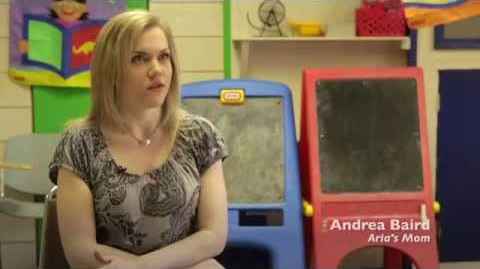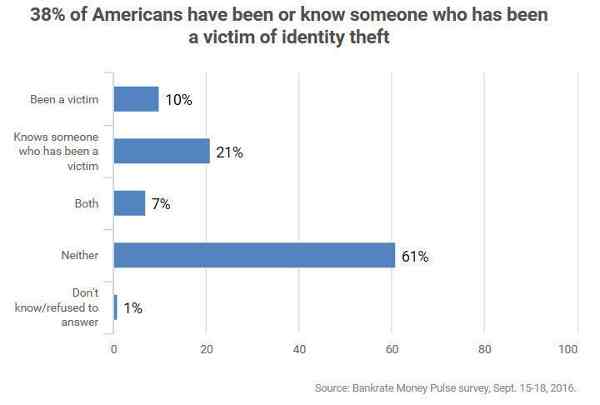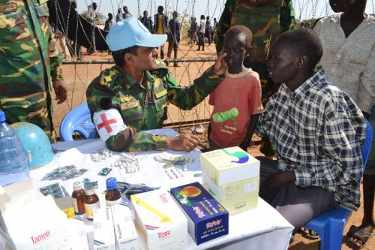Report Ranks Best and Worst Places to Be a Mother

Save the Children released Monday its 15th annual “State of the World’s Mothers” report, revealing the best and toughest places to be a mom.
Finland tops the report’s 2014 Mothers’ Index, while Somalia, affected by both armed conflict and natural disasters, is at the bottom of the list. The United States, which 15 years ago ranked in the top five, has fallen to number 31 out of 178 countries.
Since 2000, the risk that a 15-year-old girl will die during her lifetime from a maternal cause has increased by 50 percent in America, from one in 3,700 to one in 2,400.
Other developed countries, including Spain, New Zealand and Denmark, have also seen an increase in lifetime risk of maternal death.
According to recent studies in the U.S., contributing factors may include an increase in the number of high-risk pregnancies in mothers with obesity, hypertension and cardiovascular disease, as well as an increase in older mothers and the use of fertility drugs, which can result in more complicated multiple births.
Countries faring the worst were those affected by humanitarian crises – this year and throughout the report’s history. Worldwide, more than half of all maternal and child deaths occur in areas made more fragile by conflict and disasters.
“Nothing will stop a mother from trying to keep her children safe and protected,” said Carolyn Miles, president and CEO of Save the Children. “But when disaster strikes, whether it’s a war in Syria, a tornado in Oklahoma or a typhoon in the Philippines, women and children are often at the greatest risk – up to 14 times more likely to die than men.”
The Mothers’ Index scores countries on mothers’ and children’s health, educational, economic and political status. In Somalia, one woman in 16 is likely to die of a maternal cause during her lifetime, while one child in seven does not reach his fifth birthday.
This contrasts with Finland, where maternal deaths affect less than one in 12,000 women, and the probability of a child dying before the age of five is one in 345.
Save the Children organizaion says it gives children a healthy start, the opportunity to learn, and protection from harm.
💛 Support Independent Journalism
If you find RMN News useful, please consider supporting us.




